Keeping the winter chills at bay: how jockeys (and horses) beat the cold
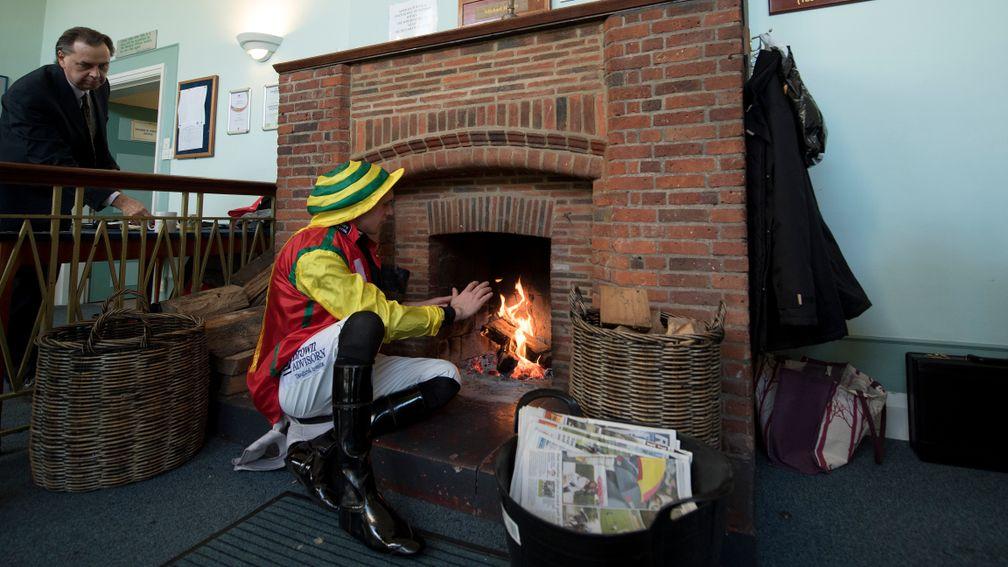
Scott Burton finds out just how racing's main players stay warm in the depths of winter
There are winter days when even the most fervent racegoer will stick their hands deep in their pockets, burrow down into that thick overcoat and turn back for the shelter of the bar.
Of course, the reason they are being exposed to the cold in the first place is because they have chosen to come racing. But while the sanctuary of the stands is always available should the bones become a little too chilled, jockeys do not have that option.
Nor, it should be pointed out, are racing silks designed for their thermodynamic qualities. But day in, day out, if the ground is safe for a horse to run, men and women will go out and ride, whatever the weather.
"I’ve always found that there’s nothing that warms you up like swinging your leg over a horse," says Conor O'Farrell, who this season has traded the balmy south-west for the frozen north.
"It doesn’t matter how cold it is, once you get the leg up, you’re there to do a job. You just go into game mode then and you don’t worry about the cold because you can’t. You’ve got to concentrate on what you’re doing."
Patrick Mullins expresses similar sentiments when he says: "I always think we’re only outside for ten minutes at a time. It’s funny but, once you’re up on the horse and thinking about a race, the cold doesn’t really affect you."
'I would wear fewer clothes to be able to use that saddle'
Minimising weight is such a key part of a jockey's existence – in what they wear every bit as much as in what they eat – that warmth and comfort have to take a back seat to a certain extent.
So what can Mullins get away with under his silks and breeches while still hitting the target weight for a given mount?
"If the weight isn’t a problem then most of the lads would have bicycle shorts and a pair of tights over them," says Mullins, whose tall frame means he almost never weighs out at below 11 stone.
"You can have the waterproof breeches which are quite warm. If you’re doing light you can wear the paper breeches which are actually see-through so you’d probably want a pair of black tights with those.
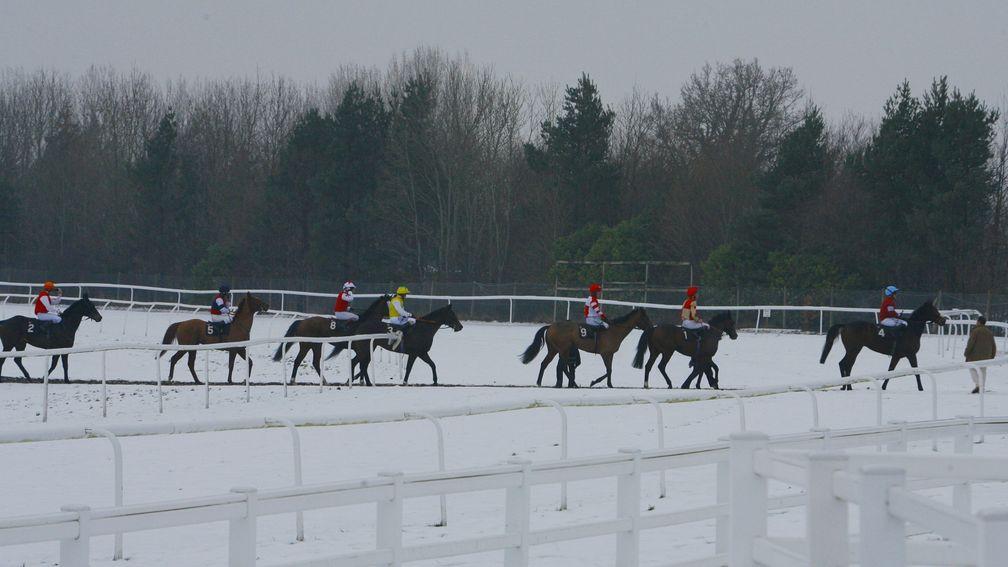
"I always wear gloves but that is more in case the horse gets sweaty. I remember a day when I started riding a horse sweating up and the reins became slippy."
But ultimately warmth is not the only part of the equation when it comes to feeling comfortable on a horse, whatever the temperature outside the weighing room.
"It depends on what weight you’re doing," says Mullins. "If you’re at a weight you’re comfortable at then a lot of people have a favourite saddle. The saddle I prefer to use is about 5lb so I would wear fewer clothes in order to be able to use that saddle."
Jockeys have benefited from the advancements made by clothing manufacturers for other sports such as rugby and football, where lightweight, breathable base layers have evolved as outer kit materials have become thinner.
"They are all skin tight and they’re breathable, designed to do both things: keep you warm when it’s cold and let the excess heat out when you’re too hot," says O'Farrell.
"In general it’s very effective. But it’s also probably more of an individual thing as to whether you’re cold or warm blooded as to how much it affects you."
Winter is coming
O'Farrell was a successful part of the set-up at David Pipe's Somerset academy in Nicholashayne before going freelance three seasons ago.
Searching for a new challenge and better opportunities, he moved to the northern jumping circuit at the start of the current campaign and has not been immune to the change in climate, especially during those early mornings riding out.
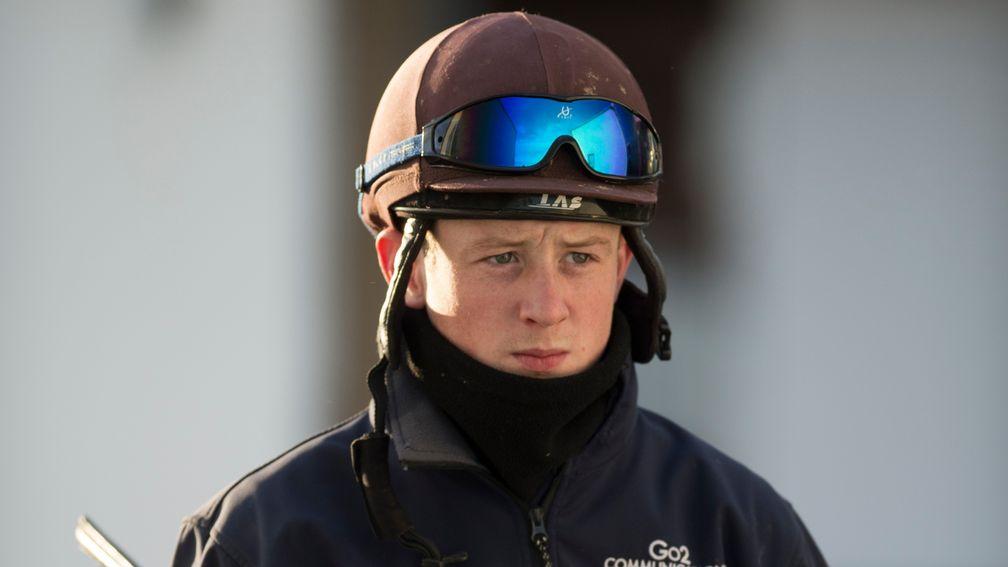
"When I moved up first I’d be lying if I said I didn’t feel the difference," says O'Farrell. "It’s definitely colder. Where I’m based in Carlisle it’s not a bad spot, but if I go over to Langholm for James Ewart, or up to Nicky Richards in Greystoke, it’s probably two or three degrees colder.
"For the first month or six weeks when we were first getting into the winter it was a fair shock to the system. I went out with minimal layers on one morning and I was fairly adamant I wouldn’t make that mistake again. It’s like anything, you acclimatise and your body gets used to it. I’m back to wearing fewer layers now I’m used to it."
Cheltenham Snow Cup . . . how The Thinker defied the weather
Every year brings at least one cold snap to test the sport but in 1987 winter extended its icy grip until deep into March, leading to one of the most famous climatic episodes in the history of the Cheltenham Festival.
The runners for that year's Gold Cup were saddled in a near-blizzard and, with the starter worried there was a danger that the snow could "ball-up" in the horses hooves, the runners were sent back to the parade ring.
After a delay of more than an hour conditions had thawed sufficiently for the field to be dispatched, with The Thinker ridden to Gold Cup glory by Ridley Lamb against a uniquely wintry backdrop.
A run and half a cup of sugary tea
Those arriving early at jumps tracks around Ireland will often catch sight of Mullins jogging a circuit of the track, a sure way of getting the blood pumping.
But it's internal heating that he really looks forward to during the course of an afternoon.
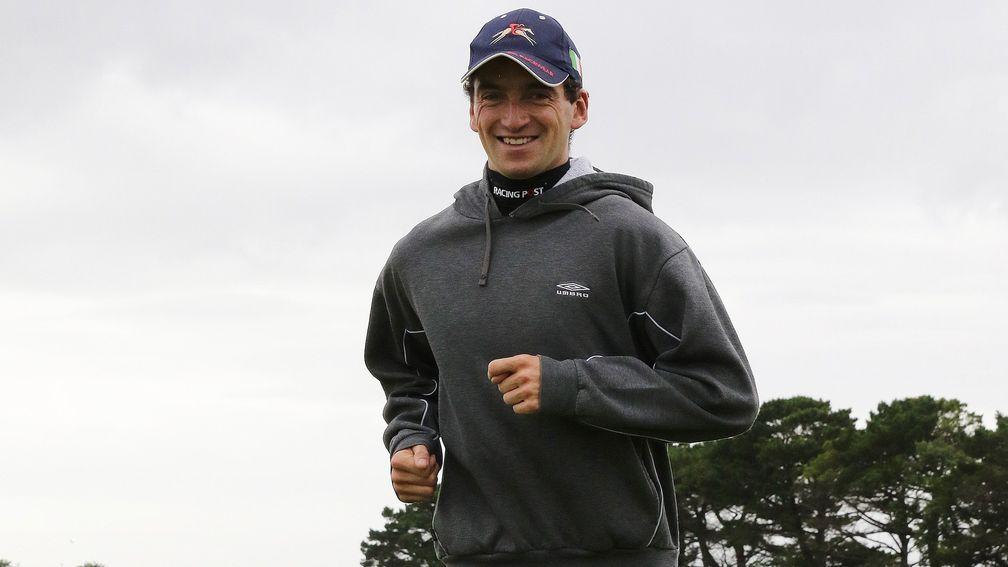
"I run usually just to keep fit and maybe get rid of a pound but also to see what the ground is like as opposed to keeping warm," says Mullins. "Say I’m riding at 12 stone, then I can have half a cup of tea, which might be half a pound, and still be okay. Half a cup of sugary tea will definitely help keep you warm."
What about the horses?
Just as with any athlete, the cold can be an enemy to racehorses and it's extremely important in avoiding injury that they are properly warmed up.
Nicky Henderson's assistant Toby Lawes takes us through the routine from arrival at the racecourse to the canter down to the start.
"When they get off the lorry they’ll go for a little walk just to make sure they haven’t stiffened up. In the stabling yard, once they’re fully brushed and have got their bridle on, they have our sheets on. During the winter they will have a Witney [wool] blanket and a light sheet on top, just to keep them extra warm.
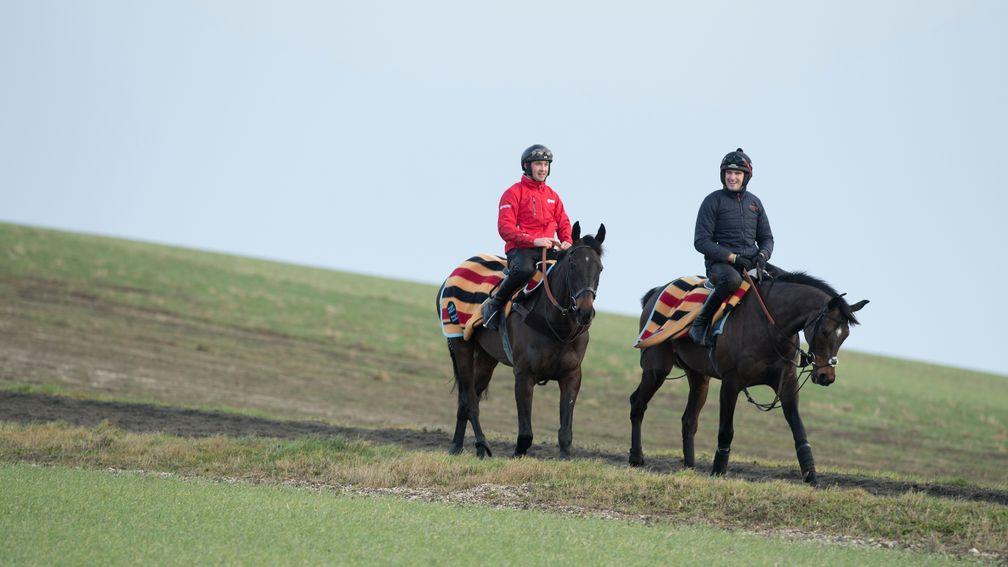
"They’ll be taken for a good walk around the stable yard for ten minutes or so before they make their way towards the pre-parade ring. They will walk round there for 15 minutes before the saddle goes on. When the saddle goes on, the Witney and the lighter sheet go back on and then they carry on walking.
"We like to keep the sheets on for as long as possible so even when the jockey gets on you’ll often seen them folded back over the hind quarters and they’ll be the last thing taken off, just before the horse is let go to have a gentle canter down to the start."
Different trainers even favour different clips (or haircuts) for their horses during winter, with Mullins' father Willie favouring "a kind of cover clip with longer hair along the top," while Lawes' boss Henderson prefers a full body clip and "to be able to put all their duvets and rugs straight back on them."
One thing all agree on is that a warm horse makes for a warmer jockey.
Mullins says: "When you get the leg up, the horse is warm anyway so you’ll get some heat off them. It’s nearly like sitting on a radiator."
First published January 28, 2018
If you enjoyed this you may like to read the other articles in our racing revealed series
How fit do you have to be to be a jockey?
Horses with altitude: how do racehorses travel around the globe?
They've all lost out by a whisker but why do so few jockeys have beards?
How true is the famous saying 'you never meet a poor bookmaker'?
The art, rules and rudeness of naming racehorses
So, how much does a jockey really earn?
Published on inSeries
Last updated
- We believed Dancing Brave could fly - and then he took off to prove it
- 'Don't wind up bookmakers - you might feel clever but your accounts won't last'
- 'There wouldn't be a day I don't think about those boys and their families'
- 'You want a bit of noise, a bit of life - and you have to be fair to punters'
- 'I take flak and it frustrates me - but I'm not going to wreck another horse'
- We believed Dancing Brave could fly - and then he took off to prove it
- 'Don't wind up bookmakers - you might feel clever but your accounts won't last'
- 'There wouldn't be a day I don't think about those boys and their families'
- 'You want a bit of noise, a bit of life - and you have to be fair to punters'
- 'I take flak and it frustrates me - but I'm not going to wreck another horse'